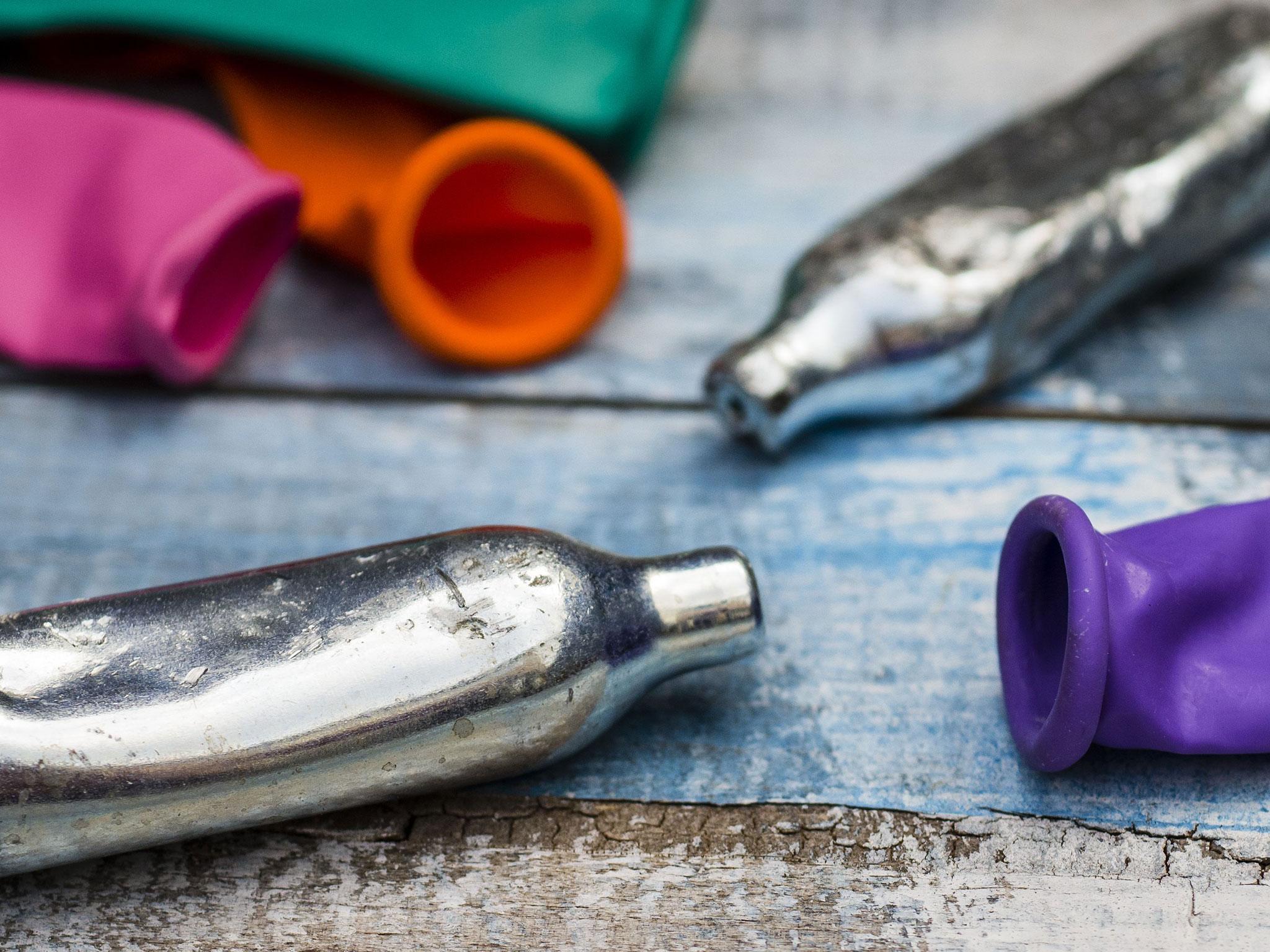Laughing gas is now almost as popular as cannabis – but drug use isn’t the real problem
Drug use doesn’t cause too many problems for individuals beyond the usual embarrassing moment while under the influence – the main threat lies in our outdated policies


Your support helps us to tell the story
From reproductive rights to climate change to Big Tech, The Independent is on the ground when the story is developing. Whether it's investigating the financials of Elon Musk's pro-Trump PAC or producing our latest documentary, 'The A Word', which shines a light on the American women fighting for reproductive rights, we know how important it is to parse out the facts from the messaging.
At such a critical moment in US history, we need reporters on the ground. Your donation allows us to keep sending journalists to speak to both sides of the story.
The Independent is trusted by Americans across the entire political spectrum. And unlike many other quality news outlets, we choose not to lock Americans out of our reporting and analysis with paywalls. We believe quality journalism should be available to everyone, paid for by those who can afford it.
Your support makes all the difference.Laughs in 2020 have been hard to come by. Little wonder, then, that young people have been using nitrous oxide, commonly known as laughing gas, in increasing numbers.
While there are more adults aged 16-59 reporting using nitrous oxide – 796,000 or 2.4 per cent – the proportion of young people using it is higher at 8.7 per cent or 549,000.
Cannabis has always been the most popular illicit drug for adults and young people alike, but the runner-up spot has now been cemented by nitrous oxide. Its popularity has been undented by a change in the law in 2016, which made it illegal to use as an “intoxicant”, although it can still be purchased legally to use in baking, for example. Not exactly an impediment as any quick check on Google for availability will confirm.
The British Crime Survey which this data is based on also asks its participants how easy or not it is to get hold of drugs including nitrous oxide. Given the failure of the Psychoactive Substances Act to reduce demand for drugs like nitrous oxide, it’s surprising that only 25 per cent of users report it’s “very easy” or “fairly easy” to source. Any casual glance at the streets of our cities highlights the scale of use, as it’s not uncommon to see the discarded nitrous oxide canisters littering gutters.
More broadly it does not seem to matter what you throw at the market for illicit drugs – a global pandemic, Brexit, Home Office and police crackdown initiatives – nothing interrupts the supply and distribution of these products.
What the crime survey reveals is that although there has been a significant fall in the use of drugs like amphetamine, a relatively niche drug, the old staples like cannabis and cocaine continue to be used by millions of us every year, with only minor fluctuations.
Although this is undoubtedly the best survey we have of drug use, it does have its limitations. The most striking are that three key groups are excluded: students, prisoners and people who are homeless. This is after all a “household” survey. Given that these groups are more likely than the rest of the population to be using drugs, the results of the survey are a significant underestimate of drug use as a whole.
In the main, drug use doesn’t cause too many problems for individuals beyond the usual embarrassing moment while under the influence. The main threat is our antiquated drug policy which has always had the ability to cause more harm than good. Many young lives have been unnecessarily hindered by convictions for small amounts of personal possession of drugs like cannabis. These convictions are far more life limiting than the potential harm that drugs can create, as careers and travel can be restricted by the way the law is applied.
Irrespective of the annual trends in drug use that reveal what’s popular and what’s not, the long-term trend in drug use is clear. Millions of us use drugs and millions will continue to do so. If we accept that having a policy which makes its main purpose to protect rather than punish then that would be a significant advance on the policy position we currently have, which dates back to the early 1970s.
Surely any policy that’s half a century old is deserving of review. Sadly the prospects of that happening are low to zero. Leaving illicit drug dealers rather than our government to decide the quality and quantity of the products they supply young people and adults alike, that’s no laughing matter.
Ian Hamilton is a senior lecturer in addiction and mental health at the University of York


Join our commenting forum
Join thought-provoking conversations, follow other Independent readers and see their replies
Comments